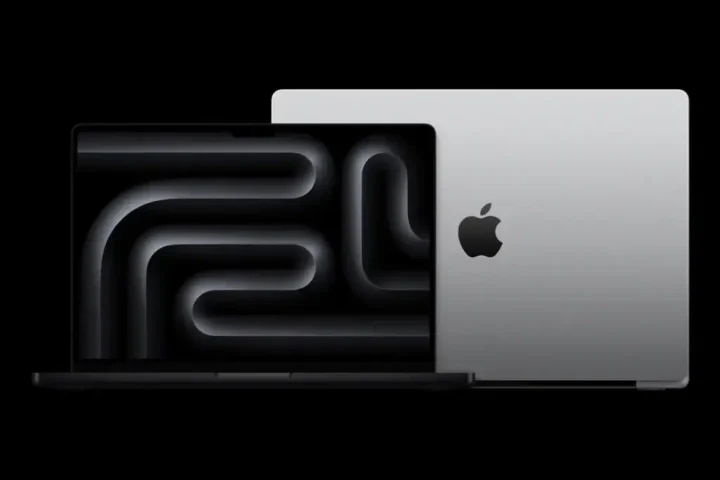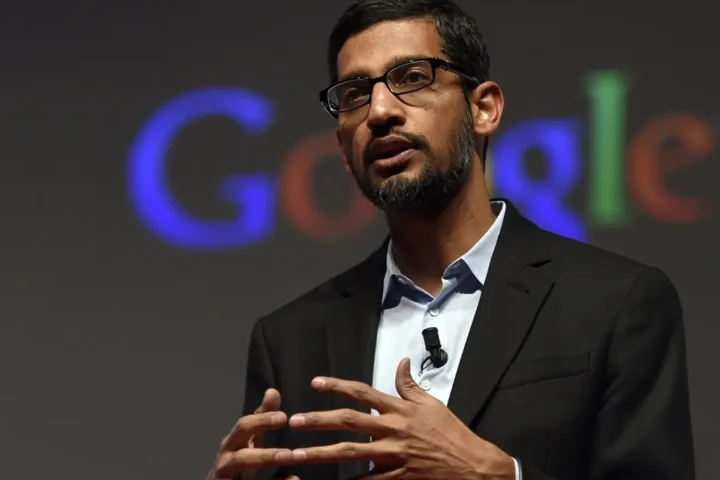Table of Contents
As of now, artificial intelligence, or AI, is undergoing many improvements as it provides fast solutions in many areas of industries to increase productivity. Yet, as the technology advances, a pressing question emerges: Will AI deepen or intensify the problem of workplace burnout?
On the one hand, AI can make tedious work a thing of the past, reduce the burden on workers, and overall enhance productivity; on the other hand, AI brings to the table new challenges that can deepen stress and job dissatisfaction among employees. This article looks at the primary and secondary aspects of artificial intelligence in the work world, talking about real-life experiences and learnings from people who are affected by this technology.
What is Workplace Burnout?
However, before examining the effects of the application of authority by AI, the reader must first gain a clear understanding of what workplace burnout means. It is a condition that results from exhaustion that is normally achieved due to prolonged stress at the workplace. Burnout is stated to be a new disease by the World Health Organization, pointing out the frequency of this process in the modern world of high working rhythm.
Here, the burnout causes include working for many hours, raising expectations that can hardly be met, having little or no backing, and poor work-life balance. As workplaces increasingly adopt AI, these factors may become more pronounced, leading to a paradox: albeit AI has the capacity to reduce the amount of work done by employees, it also leads to new tasks being developed.
AI Will Increased Efficiency? Really.
There is the potential to completely transform the world of work through artificial intelligence. For instance, through repetitive task processing, AI can provide more value concerning analyzing data and improving decision-making for the company’s employees instead of serving them low-level responsibilities. For example, while frontline customer service personnel tend to engage in typical communication with clients through AI chatbots, they can afford to spend more time-solving sundry customer problems.
Let, for example, be Sarah, a marketing manager at the tech company. She recently implemented an intelligent tool to analyze the consumers’ data and produce intelligent reports. ”The use of the AI has reduced my working hours by a couple of hours per week, she comments. “I can now spend my time developing better marketing strategies than spending a lot of time deciphering numbers on a spreadsheet.” In the case of Sarah, the utilization of AI has been very effective in making the work efficient and enjoyable.
Yet not everyone seems to harbor such prospects. Several employees complained that while AI technologies are adopted routinely in the workplace, managers tend to place more responsibilities on employees.
The Dark Side of AI
Organizations that implement the use of AI in their workplace may end up designing a place that increases the daily stress of workers. The pressure given to individuals to embrace change and take to new technologies can be overwhelming, as anyone who already finds himself or herself buried in work can attest to. Also, AI systems compel employees to acquire new skills, which raises the notion that the employees might become obsolete.
On this element, Nobel Prize winner Geoffrey Hinton says the world also says AI could surpass human intelligence and render us irrelevant, urging research to be done to further investigate potential long-term risks that will have to be done soon. He stressed the possibility of continuing the implemented experience and creating new programs that would assist in building ways to govern the impacts of artificial intelligence in the long term.
Mark, one of our customer service agents was once a victim of this problem. “So finally, when our company started using artificial intelligence for managing customer queries, I got the feeling like I was in a virtual world,” he said. “My main concern was that by failing to adapt to the idea of cooperating with the AI, I would find myself out of a job. It made a whole new extra layer in my work.”
This puts the employee under immense pressure to keep up with what is new in the market and prove relevance, especially in an increasingly automated workplace brought about by artificial intelligence. Engaged employees might always feel like their positions are at risk of being taken over by technology or some of their duties will be removed. This can lead to overwork because people want to solidify their positions at the company and respond to the changes that have occurred within the field.
Balancing AI Integration and Employee Well-Being
Some of the challenges that are likely to arise, hence the need for organizations to ensure the welfare of the affected employees when implementing AI, are: they emphasized the development of an environment of mutual collaboration where the members of staff shall be encouraged to provide feedback and receive support whenever they are undergoing certain technological changes at the workplace.
The one strategy is the proper education and support of employees so that they will be able to adjust to using AI technologies. Managers should provide companies with workshops, tutorials, and further support needed to make their staff comfortable and self-assured in technology applications. Thus, a positive action approach can help companies cause a decline in fear of becoming obsolete and help employees view AI as a positive, beneficial tool.
Emily, a human resources manager of a big company, shares her views on AI transparency. “We also have weekly meetings where we review the AI projects and how they are going to transform our teams,” she adds. “The benefit of this approach is that instead of pitting one employee against the other, which is common in many organizations, all are involved.”
Besides such handling, it minimizes anxiety and, at the same time, enhances the feeling of ownership among the employees. This means that, if employees participate in organizational decision-making processes, they are likely to see AI as an enabler rather than a threat.
Work-Life Balance
Machine intelligence may lead to a ‘24/7, business on, business off’ culture due to tacit social media presence. They chose the correct idea: with the continuous development of technology, more employees are likely to work from home, as some might log in to their emails or work before or after their shift. It can also lead to an even higher level of burnout because work and personal time progressively intersect.
Software engineer John from Celestial infosoft shares his story. ‘Miracle of it is, with these AI tools it is rather easy to burn the midnight oil or work even during the weekend,’ he agrees. One respondent said, “I feel like I am always in touch and sometimes can’t possibly log out.” To counter this phenomenon, John has created definite strictures for work and free time. “They have taught me, inter alia, that taking time off and being ignorant is crucial for well-being, he adds.
Appropriate P/WW balance must be practiced by employees and supported by organizations. Some of the ways to encourage employees to practice work-life balance include flexible working hours, encouraging breaks, and popularizing personal time. If the employees are allowed to disconnect and rest for some time, they will be in a position to deal with all the demands that arise with the use of AI in the workplace.
Recognizing the Human Element
This point is well summarized by Sophia, a team leader at a creative agency. “AI can process data; however, it lacks the tools to deal with ideas and people,” she says. “Researchers today should not aim for creating an environment where their AI tools do all the work but retain the human element that makes such tasks fulfilling.”
By considering the enhancements of the technological feature and self-organization as an important feature of the organization, the relevant work environment can indeed be said to be alive and growing, despite the emergence of artificial intelligence systems.
Also, it’s important to recognize that AI presents certain difficulties and, by listening to your employees, you can try to bypass them. Organizations should foster avenues that can take accusations and actualized stories of employee exposure to AI tools. Annual questionnaires, focus group meetings, and end-of-year feedback sessions should yield suggestions that may be damaging or areas that require enhancement.
Employee Feedback and Engagement
Jake, a project manager, insisted on the centrality of the feedback mechanism in the enforcement of the AI policies. ‘The previous year our team talked a lot about the stress that we felt with the new AI tools,’ he said. “One benefit of being a member of the program was that management listened and modified the deployment based on feedback received. It made a huge difference.” Thus, if all employees incorporate the perception of voice in change, it will go a long way in determining how they are going to embrace change and the environment that they give out.
The Future of Employee with AI
In the coming years, the nature of work is most probably going to involve partnerships between man and AI. Thus, instead of perceiving AI as a competitor, organizations can accept it as just another tool that extends the abilities of their employees. By focusing on collaboration, which is a key to any business, registered companies can develop a working environment that encourages innovation and creativity as well as supports employees’ well-being.
Organizations also have to address the social support needs of the workforce, where they have to provide solutions to help employees deal with the stresses that come with an AI work environment. Offering access to counseling, stress management workshops, and wellness programs should be very effective approaches to preventing or averting burnout among the workforce.
Conclusion
Thus, whether has AI the potential to make workplace burnout worse or not is a complex question. Consequently, alongside productivity growth and improved efficiency of execution, AI triggers new kinds of pressures and issues. In essence, the success of the implementation of AI should involve employee well-being, openness, and consideration of the human aspect as a way of overcoming challenges.
With the constantly growing use of artificial intelligence in every sphere of our lives, including the professional one, it is highly important to address the tasks of negoti crime and the experience of employees. The effect of change in organizations’ culture that acknowledges the importance of innovative ideas as well as interpersonal relationships shows that work setting can be promoted in a way that mitigates burnout as well as improves satisfaction among employees.













